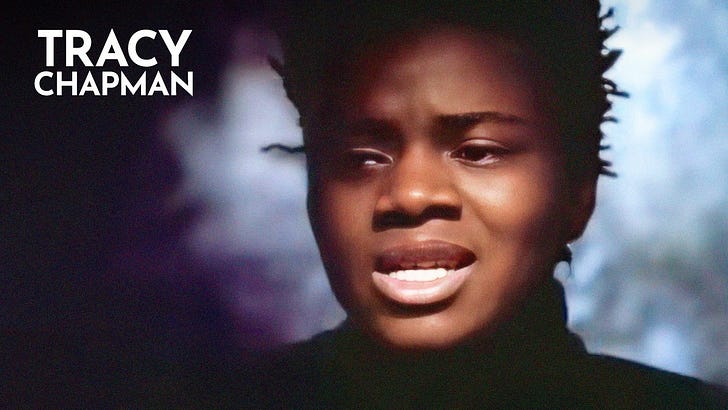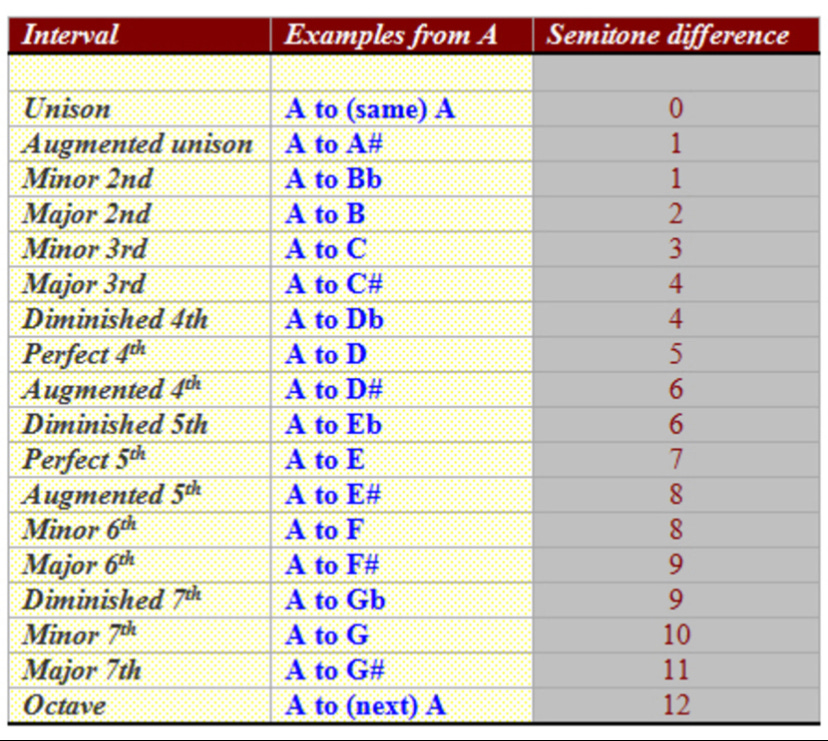There’s quite a difference between the two things in the title! Tomorrow, and maybe next week as well (we’ll see how it goes) we’re going to talk about chords that aren’t just the basic Major and minor triads. Some of those things are called chord extensions, which have a specific meaning, and suspended chords (also specific) and especially “7th chords”, at least a few of which you’re probably already playing. 7th chords are “basic” chords, just not as basic as the 3 note triad chords. Today I’ll include some charts and links - some simple, some not-so-simple, that we’ll reference in tomorrow’s post.
I was thinking of the title for this post when I was putting together some components for a new home audio system so I can start listening to some old (and new!) vinyl and CDs and even (gasp!) cassette tapes. If you have a home theater system, home audio system and especially a home recording studio, I highly recommend surge protection on EVERYTHING! How to choose one? Here ya go (key takeaway, it’s all about the Joules!):
A little off the beaten musician track but if you’re recording at home, eventually you’ll amass some fairly expensive equipment in computers, software, interfaces, amps, speakers, instruments, microphones and all sorts of stuff that needs protection. So to paraphrase the famous Blues Brothers line, we have both kinds of topics here: the practical AND the theoretically esoteric! Surge protection is cheap insurance.
Last week’s Bonus Round question: what would you need for a “getaway”? Answer: "Fast Car" is a song by American singer-songwriter Tracy Chapman. It was released on April 6, 1988, as the lead single from her 1988 self-titled debut studio album. Credit: Wikipedia
Here’s a fun question I’ve posted on other social media: If you could sit down with 4 interesting people (and you can cheat a little on the number), living or passed on, who would you choose? My answer is Tracy Chapman, John Prine, Aimee Mann, and Townes Van Zandt, with Bob Dylan in the background making sure everyone had a fresh beverage, and Elvis Costello leaning against the wall waiting for someone to get up so he could take their seat. Leave your 4 or 6 or whatever as a comment below!
We’ll start with a brief review:
We start with a note, and that note is usually C. We choose C because on the piano, the Major scale we build from the root note C is composed of only “Natural” notes, no sharps or flats (called “Accidentals”), so only the ivory keys. The formula we use is WWHWWWH - where W equals a whole tone, comprised of two half tones (called semitones), and where H stands for half- or semi- tones. We use the C scale because it easily highlights the two places in the scale (and keyboard) where, in CMaj, there are only semitones between notes, E-F and B-C (no ebony keys between them). In the other Major keys, rooted on different notes, the addition of accidentals results in much greater complexity. Using the same formula, and the notes of the scale that results (in CMaj that’s C, D, E, F, G, A, B), we have 7 notes. To make what we call an “octave”, we start over with the C, so C,D,E,F,G,A,B,C comprise the octave (8 note) scale of C.
Just as a scale has a formula comprised of intervals of Whole tones and Half tones, we apply a different formula to the notes we use to comprise chords. The root of a chord is the note of the scale we use as the basis for constructing the chord. We use the word “interval” to describe the relationship between the root and the other notes that make up the chord. Here’s a chart that gives you the names of those intervals (this chart uses the note A, rather than C as the root, but any of the 12 notes used in music can be used as the root - the note names will change, but the interval names and semitone difference won’t):
A basic Major triad chord is composed of the root, Major 3rd, and Perfect 5th. A minor triad chord is comprised of the root, minor 3rd and Perfect 5th. Remember we count the intervals in semitones from the root, not from the previous interval.
Here’s where it gets a little weird and complicated (as if it isn’t already!). Chords with a 7th interval note added are a basic chord, just not a basic triad chord (4 notes instead of 3). The “quality” (quality here means characteristic, not good or bad) of a “7th chord” is affected by both the triad it’s based on and the added 7th interval itself. So you can have Major 7th chords, minor 7th chords, diminished and augmented 7th chords, dominant 7th chords and some others. As if that isn’t enough, you have to distinguish a chord with 4 notes that includes the 7th INTERVAL, most often called a “7th chord” from the completely different vii° (Seven diminished) chord (7° In Nashville Notation) in the key. Whew!!
So music theory is, sorta…theoretical. And complicated. But remember the basic reason here on Michael Acoustic that we use music theory. It’s the language we use to communicate with other musicians about our music. It gets a little easier when we keep that in mind. Distinguishing the different flavors of “7th chords” (4 note chords with a 7th interval of some type added) from a 7 diminished chord (the chord in the seventh position of the key, a diminished chord) is fairly easy, because for the most part nobody plays a vii° chord in modern music, so it’s rarely used in our “language”. Kinda like we say “food”, but only rarely the word “comestible” (as if!).
Okay - for today we’ll end with a bunch of links, some dealing with 7th chords and chord extensions, and suspended chords - and some with other stuff. The 7th chord and chord extension links are more technically theoretical (and less “language of musicians” friendly), so use them at your discretion.
Dominant 7th Chord (this one is a little confusing because it insists all 7th chords are “Dominant 7ths” - not really, but a strict 12 bar Blues guitarist might try to have you believe that)
7th chords (this one is long, and covers a lot of what we covered in the basics review above - this is probably better actually, just because it’s more detailed- but towards the bottom it shows the many different types of 7th chords besides Dominant 7ths - might be handy for tomorrow’s post)
Finally, here’s an interesting excerpt from an email sent by the Musician On A Mission folks (MOAM - they have a producer training program, but also lots of instructional videos on recording software) on a topic I’ve begun to see popping up lately:
“ It’s called “The Imposter Syndrome”.
Have you heard of it?
The imposter syndrome is a psychological phenomenon in which people doubt their accomplishments and feel like they are frauds.
It's kinda like you're pretending to be someone you're not.
This syndrome is especially prevalent in creatives - such as musicians.
Musicians are constantly second-guessing themselves…
Asking themselves if they are good enough.
Doubting their talent.
And wondering when they will be exposed as frauds.
The imposter syndrome can be paralyzing…
It can prevent you from taking risks and achieving your goals.
So how do you overcome it?
Here are 3 tips:
Acknowledge that you are feeling it.
The first step is to recognize that you are experiencing imposter syndrome.Reframe your thinking.
Try to reframe your thinking about your accomplishments.Seek support from others.
Talk to other people - especially those who have achieved what you want to achieve - and get their perspective.
Once you realize those who you look up to...
Were not born with some magical talent…
But had to put in the hard work just like you…
You can kiss Imposter Syndrome bye-bye.”
Good stuff there!
Bonus Round: A classic folk/pop band and a classic song!!
See you tomorrow!!
Cheers, and keep playing!!
Michael Acoustic





